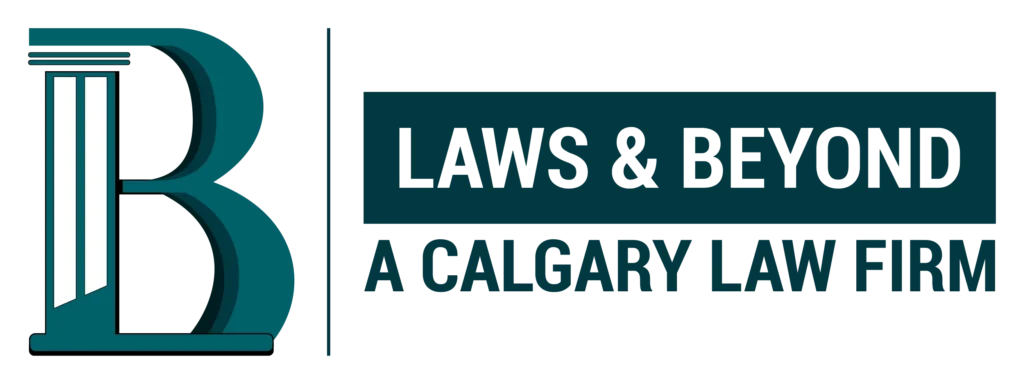Workplace discrimination is an intolerant activity and is against the law. Provincial as well as federal laws are often implemented to prevent discrimination in the workplace.
In Alberta, employees are not supposed to face any kind of bullying, inappropriate behaviour, harassment, or discrimination in their occupational sphere.
Workplace discrimination can occur in many forms:
● Condescending remarks made to discriminate on the grounds of gender, class, race, religion, position, etc.
● Oppressive or unprofessional conduct.
● Direct or indirect threat.
● Indecency through unwanted physical contact or violence.
The HUMAN RIGHTS ACT in Alberta
While the Occupational Health and Safety Act is the primary doctrine for workplace safety in Alberta, on the other hand, Alberta Human Rights Act authorizes employees to claim their right to equality against workplace discrimination.
Discrimination can take place based on several personal attributes such as:
● Race
● Colour
● Religion
● Place of origin
● Gender
● Sexuality
● Marital status
● Age
● Physical or mental disability
● Economic background
Instances of Workplace Discrimination
Some of the common examples of workplace discrimination include:
● Salary differences between genders.
● Biased Promotions.
● Unequal allotment of tasks.
● Job denial to physically challenged with qualifications.
● Job denial to mothers or expecting mothers.
● Not hiring candidates with specific religious dress codes.
● Preferring candidates on grounds of complexion or gender.
● Denial of maternity leave, post-retirement benefits, etc.
● Firing without specifying a reason.
Dealing With Discrimination
If an employee faces illegal discrimination or harassment, then he/she immediately take an action against the person responsible for this. Neglecting and failure to take an action against workplace discrimination would lead to encouraging the wrongdoer to continue with such behaviour.
Here’s what one can do.
1. Speak to someone trustworthy
Sometimes workplace discrimination can be vague, and cannot be transparently categorized as discrimination. If any behaviour is experienced in the place of the profession feels uncomfortable or inappropriate, then confine your concerns with someone trustworthy and level-headed for clarification.
Even if the doubt persists, the best option is to consult a lawyer to get a minute exposition of the situation.
2. Keep a record of every activity
Note down everything that seems to be categorized under discriminatory behaviour. The employer, Human Resources (HR), supervisor or any other person stimulating the discrimination, the exact actions or incidents, date, time, place, etc. needs to be noted down. Do not miss out on any source to gather pieces of evidence, such as copies of emails, anti-discriminatory policies, and so on. Along with this, keep records of the steps taken by you to stop such activities initially. All of these records will be helpful to strengthen the manifestation in the court.
Plan how to approach
Plan your steps depending on the severity of the discrimination or harassment you are facing at the workplace. If it seems to affect your career or cause emotional turmoil then it’s better to consult a lawyer. An efficient lawyer can rightly suggest how exactly to deal with it. However, if the act of discrimination is merely based on some miscommunication or fallacious conception, then the matter can be sorted out by simply speaking to the individual all by yourself. Present proper elucidation to resolve the issue.
Approach the employer
In Alberta, many company policies mandate that employers’ responsibility to incorporate the employees’ security against harassment and discrimination. The policies consist of procedures to investigate, if any such complaint gets registered. Even if the employer or HR happens to be responsible for discrimination, the case does not lose its severity.
The matter may not necessarily require serious action, getting acknowledged by the employer regarding the complaint may be sufficient.
What if talking to the employer does not help?
If talking to the employer regarding workplace discrimination and harassment does not yield any positive outcome, then it’s time for you to take some serious action.
If workplace discrimination becomes unbearable, then you must see a lawyer to strategize your exit from the company and to file a case against the employer, and this is termed constructive dismissal.
On the other hand, if the employer wrongfully fires you after you raise the complaint, the action is illegal and is termed reprisal. In such a case, you can sue your employer on the grounds of unlawful termination of employment, an unhealthy work environment and defiance of safety laws.
How to file human rights complaint?
Complaints against breaching human rights at the workplace can be lodged following the time frame structured by Alberta law. The complaint can be registered during the continuation of service for the company.
Most workplaces provide employees with two options – either sue the employer for unlawful dismissal or file a human rights complaint. However, in the former option, the court cannot ask the employer to reinstate the employee in the earlier position after termination and can only provide monetary compensation. Whereas in the latter option, Alberta Human Rights can pass the order to restore the employee’s former position with an appropriate salary along with other major remedies.
Alberta Human Rights Laws are applied impartially to all professional institutions.
Whereas, the unionized employees must follow the labour laws of their union. Unionized employees can lodge complaints against the employer regarding their grievances on discriminatory activities and harassment. If the plea for non-discrimination provisions is filed through the company union, then it has to be executed under an unfair representation complaint at the federal labour board.
Timeline for filing a complaint
Both the provincial as well as federal Human Rights Commissions in Alberta provide a time limit for filing a complaint of discrimination in the workplace. The employee can lodge the complaint application within one year of experiencing the harassment.
Filing the complaint beyond the timeline might not be entertained by the Human Rights Tribunal if the employee fails to produce fair reasons for the delay.
Also, the employee should be aware of the fact that lodging a formal complaint for the grievance along with proper documentation and signature is mandatory. Merely contacting the Human Rights Commission is not enough.
Therefore, it is advisable to consult a lawyer to seek legal assistance to carry out the formalities.




